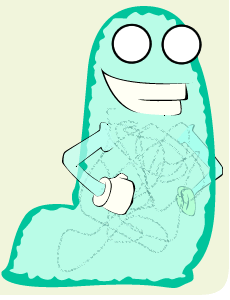Team:IPOC2-Colombia
From 2009.igem.org
(Difference between revisions)
Carlos perez (Talk | contribs) |
Carlos perez (Talk | contribs) |
||
| Line 12: | Line 12: | ||
! colspan="6" align="left" | [[Image:IPOC-2Main title.png]] | ! colspan="6" align="left" | [[Image:IPOC-2Main title.png]] | ||
|- | |- | ||
| - | ! colspan="6" align="left" |Different gene parts are being assembled in order to construct a device that is able to | + | ! colspan="6" align="left" |Different gene parts are being assembled, in order to construct a device that is able to mineralize and biodegrade recalcitrant pesticides. The device will be tested against different concentrations of different recalcitrant pesticides. Specific chassis will be assembled with gene parts from different metabolic pathways in order to finally reach mineralization of the pesticide. Different parameters, such as DNA concentration, ATP concetration, fluorescence of reporters, growth of bacterial device, and reduction of pesticide concentration, will be used to assess the efficacy of the device. Computational modeling will be used in order to complement the laboratory work. |
| + | |||
|} | |} | ||
Revision as of 04:55, 20 September 2009

| |||||
|---|---|---|---|---|---|

| |||||
| | |||||

| |||||
| Different gene parts are being assembled, in order to construct a device that is able to mineralize and biodegrade recalcitrant pesticides. The device will be tested against different concentrations of different recalcitrant pesticides. Specific chassis will be assembled with gene parts from different metabolic pathways in order to finally reach mineralization of the pesticide. Different parameters, such as DNA concentration, ATP concetration, fluorescence of reporters, growth of bacterial device, and reduction of pesticide concentration, will be used to assess the efficacy of the device. Computational modeling will be used in order to complement the laboratory work. | |||||
 "
"